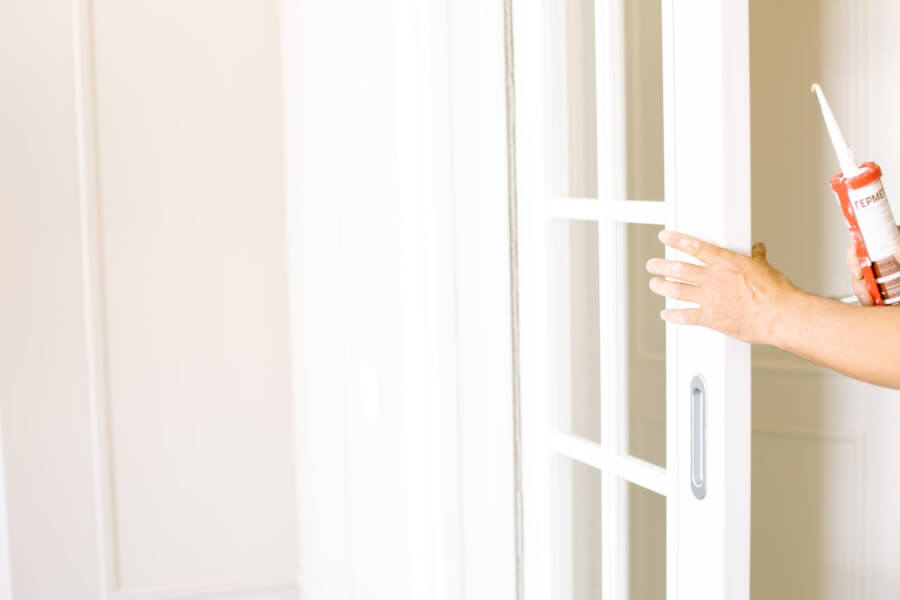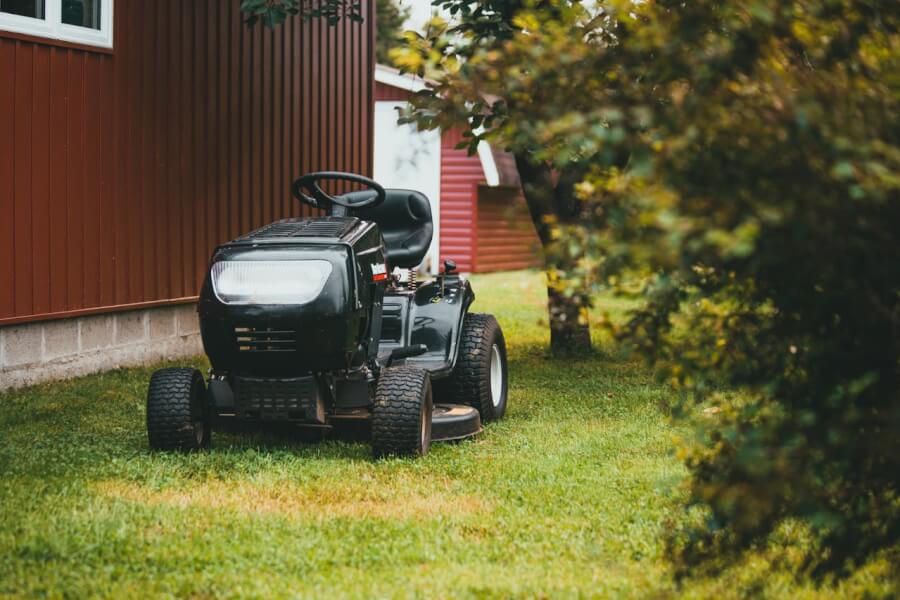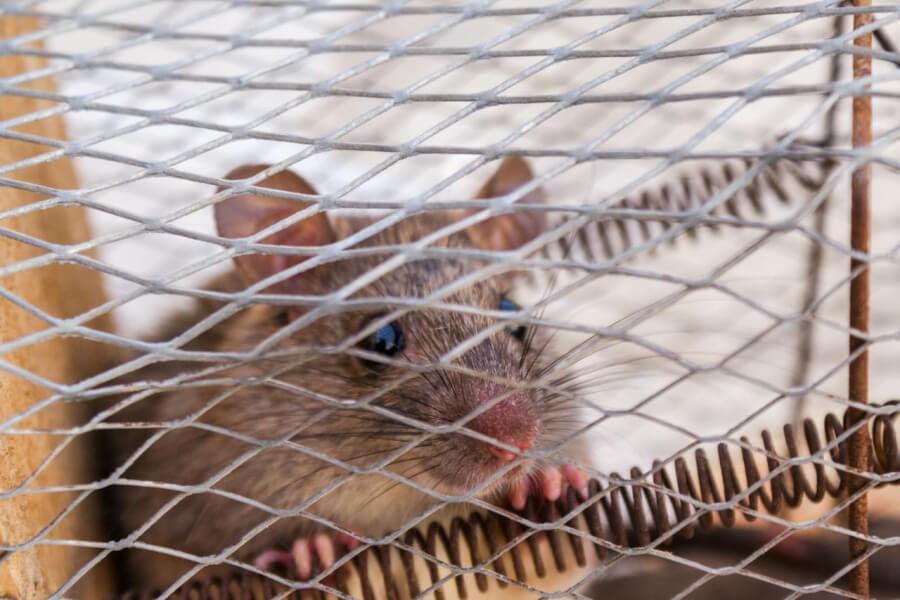Older houses carry charm, but they often hide problems that newer builds avoid. One of the most common issues is unwanted pests. Small cracks, aging insulation, and outdated storage areas give rodents many chances to move in. They bring damage, noise, and health risks that no one wants to deal with. Taking steps early saves frustration and makes your home safer. Today, we are going to discuss rodent prevention tips for older homes.
This article will share practical advice to help you stay ahead of the problem. You will find clear and simple rodent prevention tips for older homes that anyone can apply. With a few focused actions, you can protect your space, avoid costly repairs, and enjoy a more comfortable home.
TLDR: Rodent Prevention Tips For Older Homes
Older homes attract rodents due to age-related wear, gaps, and cluttered spaces. This guide explains how to prevent infestations through sealing entry points, maintaining clean and organized interiors, keeping outdoor areas tidy, and knowing when to call professionals for help.
Related Links
- How To Keep Your Garage And Storage Spaces Pest-Free
- How To Find Where Mice Are Getting Into Your House
- How to Get Rid of Rats: A Comprehensive Rat Removal Guide
- 6 Step Rodent Control Plan: How to Keep Your Home Rodent Free
- Do You Use Mouse Traps Or Mouse Bait And Poison For Rodent Treatment?
Key Takeaways
- Seal entry points: Inspect and close cracks in walls, floors, and around pipes or vents.
- Use durable materials: Steel wool, mesh, or concrete effectively block rodent access.
- Keep food sealed: Store all food and pet items in airtight containers.
- Declutter storage spaces: Organized basements and attics reduce hiding spots.
- Maintain the yard: Trim vegetation and keep wood piles away from your home.
- Watch for early signs: Look for droppings, chew marks, and noises.
- Use traps safely: Combine traps with natural deterrents like peppermint oil.
- Call professionals when needed: Pest experts can identify hidden entry points and prevent recurring infestations.
Why Older Homes Attract Rodents
Older homes often have hidden entry points that make it easier for rodents to move inside. Gaps in brickwork, loose boards, and worn foundations create easy openings. Even small cracks can give mice and rats all the space they need.
Another factor is outdated insulation and flooring. Materials used decades ago may have broken down, leaving soft spots and tunnels for pests. Basements, crawl spaces, and attics are especially vulnerable.
Storage areas in older houses can also act as hiding places. Boxes, stacked wood, or old furniture provide shelter that rodents find inviting. If these spaces are cluttered, spotting activity becomes harder.
Finally, the land around older houses often contributes to the problem. Overgrown vegetation, wood piles, and old sheds make perfect outdoor shelters. From there, rodents can move inside when temperatures drop.
Rodent Prevention Tips for Older Homes: Start with Sealing Entry Points
Rodents can squeeze through openings smaller than a coin. That is why sealing entry points is one of the most effective rodent prevention tips for older homes. Check the foundation, walls, and roofline for cracks or gaps. Pay close attention to areas where pipes, cables, and vents pass through.
Close problem areas with sturdy materials. Steel wool works well for small gaps because rodents cannot chew through it. Pair it with caulk to lock everything in place. Larger holes may need mesh, wood, or concrete patches, depending on their size.
Don’t forget doors, windows, and screens. Broken frames or loose weatherstripping give rodents an easy way inside. Replacing worn materials improves safety and energy efficiency. These fixes also help keep drafts, moisture, and pests out.

Safe Food Storage and Clean Spaces
Rodents are quick to notice easy food sources, so storing food properly is important. Keep dry goods, pet food, and leftovers in sealed containers. Even small spills or crumbs can attract mice and rats if left unattended.
Regular cleaning helps keep pests away. Wipe counters, sweep floors, and take out the trash often. Don’t leave pet food out overnight, and check hidden spots like under appliances for crumbs.
Cluttered pantries, basements, and storage areas give rodents hiding places. Keep items organized and off the floor, and avoid piles that block access. Tidy spaces make it easier to spot signs of activity early, preventing bigger problems later.
Setting Up Your Home
Once you have sealed entry points and cleared clutter, it’s time to tackle the unpacking process in a way that keeps your home safe and organized. To start settling into your new home, unpack essential items first, such as kitchenware, bedding, and toiletries. Open boxes strategically instead of scattering them around. Sort items as you go, putting things in their proper rooms to avoid creating new clutter or hiding spots for pests.
Next, arrange your furniture and storage for daily comfort. Create clear pathways for easy movement, set up storage where it is most accessible, and place frequently used items within reach. Consider adding small touches like rugs, lamps, or curtains as you unpack to make rooms functional and inviting from the start.
Yard and Outdoor Maintenance
Once your home’s interior is organized and comfortable, it’s time to focus on the exterior. A well-maintained yard keeps rodents from finding shelter near your house. Trim plants and shrubs that touch the walls, and remove branches that could act as bridges for pests.
Move firewood, compost, and garden supplies away from the foundation. Keep garbage bins tightly closed and clean them regularly to avoid attracting mice or rats. Check sheds and storage areas for gaps or holes and repair them promptly.

Watch for Early Signs of Rodents
Early detection makes it much easier to handle rodents before they become a serious problem. Check corners, along walls, and behind appliances for droppings. Even a few droppings can indicate activity, so investigate promptly.
Listen for noises, especially at night. Scratching, scurrying, or gnawing sounds in walls, ceilings, or under floors often reveal hidden rodents. Pay attention to patterns—regular sounds may indicate an established nest.
Look for chewed materials and unusual smells. Boxes, wires, or wooden furniture may show bite marks. A musty or ammonia-like odor can also signal rodents in hidden areas. Regular inspections help you catch issues early and take targeted action before they spread.
Safe Traps and Deterrents
Traps are an effective way to reduce rodent activity inside your home. Snap traps work quickly, while humane traps catch mice without harming them. Place traps along walls, behind furniture, and near suspected entry points for the best results.
Natural deterrents can also help. Peppermint oil, cloves, or ultrasonic devices may discourage rodents from returning. While these methods aren’t always a complete solution, they can complement other prevention measures.
Be cautious with poisons, especially in homes with children or pets. Unsafe baits can create bigger risks than the rodents themselves. Combining carefully placed traps with preventive practices creates a safer, more controlled approach to rodent management.

Professional Help When Needed
Sometimes, despite your best efforts, rodents find a way in. If droppings, gnaw marks, or noises persist, it may be time to call a pest control professional. Experts can identify hidden entry points, apply safe treatments, and offer long-term advice to protect your home.
Regular inspections by a professional can prevent small problems from becoming large infestations. They can also recommend sealing techniques, traps, or deterrents that are difficult to implement on your own. Seeking help early saves time, stress, and potential damage to your property.
FAQ: Rodent Prevention Tips For Older Homes
Q1: Why do rodents target older homes more often?
A: Older structures often have small cracks, aging insulation, and cluttered storage areas that make it easy for rodents to find shelter and nesting materials.
Q2: What’s the best way to seal small openings?
A: Fill gaps with steel wool and secure it with caulk; rodents can’t chew through these materials.
Q3: How can I tell if rodents are already inside?
A: Signs include droppings, gnawed wires or furniture, scratching sounds at night, and musty odors.
Q4: Are natural repellents effective?
A: Essential oils like peppermint and cloves can deter rodents but work best alongside proper cleaning and sealing measures.
Q5: When should I call a pest control professional?
A: If you continue hearing noises, find droppings, or see signs of nesting after applying DIY methods.
A Rodent-Free Home is a Comfortable Home
A safe, clean space brings real peace of mind. These practical rodent prevention tips for older homes protect your belongings and keep pests out. When your home feels secure, you can enjoy daily life without worrying about hidden rodents.
Small habits make a big difference. Clear storage, proper food containers, and organized spaces keep rodents away naturally. A home free of pests is not just safe—it’s inviting, comfortable, and truly yours to enjoy.
Be Sure To Check Out Some Of Our Services:
Termites — Rodents — Ants — Bed Bugs








